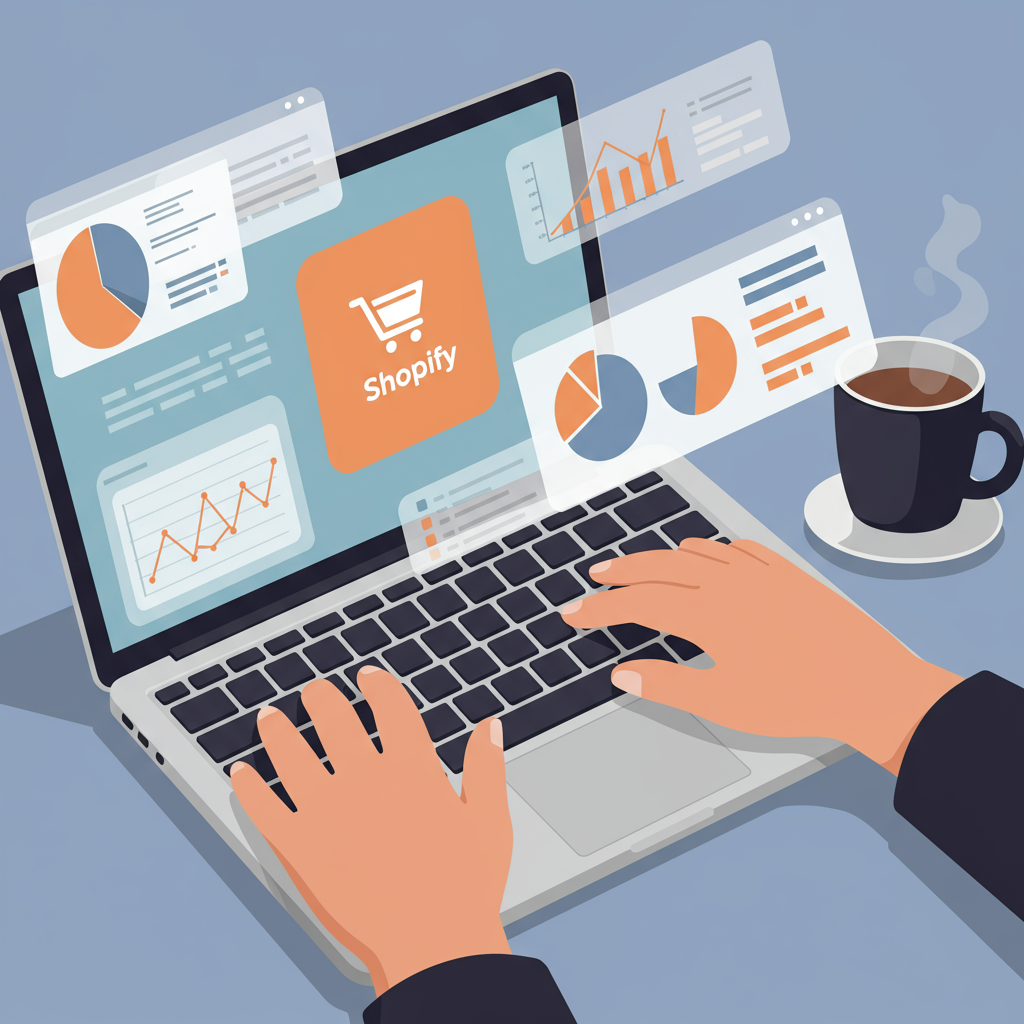Unlock the secrets to seamless operations and customer satisfaction by effectively managing your dropshipping suppliers.
As a Shopify dropshipper, I’ve learned that while the allure of low overhead and no inventory is strong, the true backbone of your business lies in your suppliers. They are not just vendors; they are extensions of your brand, directly impacting your customer satisfaction and, ultimately, your success.
Effective supplier management isn’t just a good practice; it’s absolutely critical. Without reliable partners, you risk delayed shipments, poor product quality, and a constant stream of customer complaints, which can quickly tank your reputation and your business.
My journey in dropshipping has taught me that the first step is always about finding the right suppliers. This isn’t a task to be rushed. I always begin with thorough research, looking for suppliers with a proven track record, positive reviews, and a clear understanding of the dropshipping model.
Platforms like AliExpress, SaleHoo, Worldwide Brands, and even direct contact with manufacturers can be starting points. However, I always dig deeper, checking their responsiveness, their product catalogs, and their willingness to work with dropshippers.
Once I’ve identified potential partners, I focus heavily on communication. Clear, consistent, and proactive communication is paramount. I establish preferred communication channels – whether it’s email, a dedicated messaging app, or a project management tool – and ensure both parties understand expectations.
I make sure to clarify all product details, including specifications, variations, and quality standards, upfront. Ambiguity here can lead to significant issues down the line, resulting in returns and unhappy customers.
When it comes to order fulfillment, automation is my best friend. Integrating my Shopify store with my supplier’s system, often through apps like DSers or similar alternatives, streamlines the order placement process.
This automation minimizes manual errors and speeds up the fulfillment cycle. However, I never rely solely on automation; I regularly monitor orders to catch any discrepancies or delays.
Tracking information is another non-negotiable. I ensure that my suppliers provide tracking numbers promptly for every order. This allows me to keep my customers informed and proactively address any shipping issues before they escalate.
Quality control, despite not physically handling the products, is still my responsibility. I achieve this by ordering samples of new products before listing them, and occasionally placing test orders to gauge the supplier’s efficiency and product quality.
Customer feedback is an invaluable quality control tool. I actively solicit reviews and pay close attention to any complaints regarding product quality or accuracy. These insights help me identify underperforming suppliers or products.
Managing inventory, even without holding it, is crucial. I work closely with my suppliers to understand their stock levels and lead times. This helps me avoid selling out-of-stock items, which can lead to cancellations and frustrated customers.
Some suppliers offer real-time inventory feeds, which I integrate with my Shopify store whenever possible. This dynamic updating helps prevent overselling and ensures my product listings are accurate.
Shipping and logistics are often the biggest pain points in dropshipping. I discuss shipping methods, estimated delivery times, and costs with my suppliers in detail. I always opt for reliable shipping options, even if they cost a little more, to ensure customer satisfaction.
Understanding customs procedures and potential import duties is also vital, especially for international dropshipping. I ensure my suppliers are knowledgeable about these aspects to avoid unexpected delays or charges for my customers.
Payment terms need to be clearly defined. I negotiate favorable terms that align with my cash flow, typically paying after the customer has paid me. I also ensure there are clear processes for refunds and returns.
Building strong, long-term relationships with my suppliers is something I prioritize. Treating them as partners, not just vendors, fosters trust and can lead to better pricing, priority service, and more flexibility when issues arise.
I make an effort to understand their business, their challenges, and how I can be a good client. This mutual respect often pays dividends in the long run.
Contingency planning is essential. What happens if your primary supplier suddenly can’t fulfill orders? I always have at least one backup supplier for my most popular products. This diversification minimizes risk and ensures business continuity.
Leveraging Shopify apps and integrations can significantly enhance supplier management. Apps for order fulfillment, inventory sync, and communication can automate many tasks, freeing up my time to focus on marketing and customer service.
I regularly monitor key performance indicators (KPIs) related to my suppliers. This includes order fulfillment time, shipping accuracy, product defect rates, and customer satisfaction scores related to product quality.
These metrics provide objective data on supplier performance and help me make informed decisions about who to continue working with and where improvements are needed.
When disputes inevitably arise, I approach them calmly and professionally. I gather all relevant information, communicate clearly with the supplier, and seek a mutually agreeable resolution. Escalation is a last resort.
As my business scales, my supplier management strategies evolve. I might move from individual suppliers to a dropshipping agent or a fulfillment center that can consolidate orders and offer better rates.
This transition allows for greater control over quality and shipping, and can be a game-changer for high-volume stores.
Ultimately, successful dropshipping isn’t just about finding hot products; it’s about building a robust operational framework supported by reliable suppliers. It’s an ongoing process of refinement and relationship building.
By implementing these tips, I’ve found that I can significantly reduce stress, improve customer satisfaction, and build a more sustainable and profitable Shopify dropshipping business.
What are your thoughts on these supplier management strategies? Have you found other methods that work particularly well for your Shopify store? I’d love to hear your perspective.
Remember, your suppliers are your partners in success. Nurture those relationships, demand quality, and always strive for clear communication. Your customers, and your bottom line, will thank you for it.






